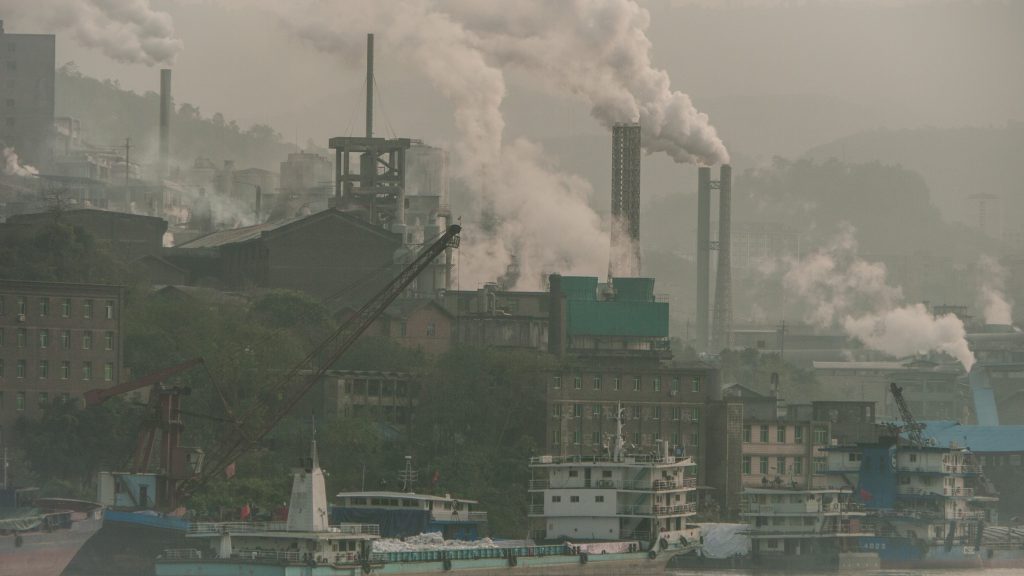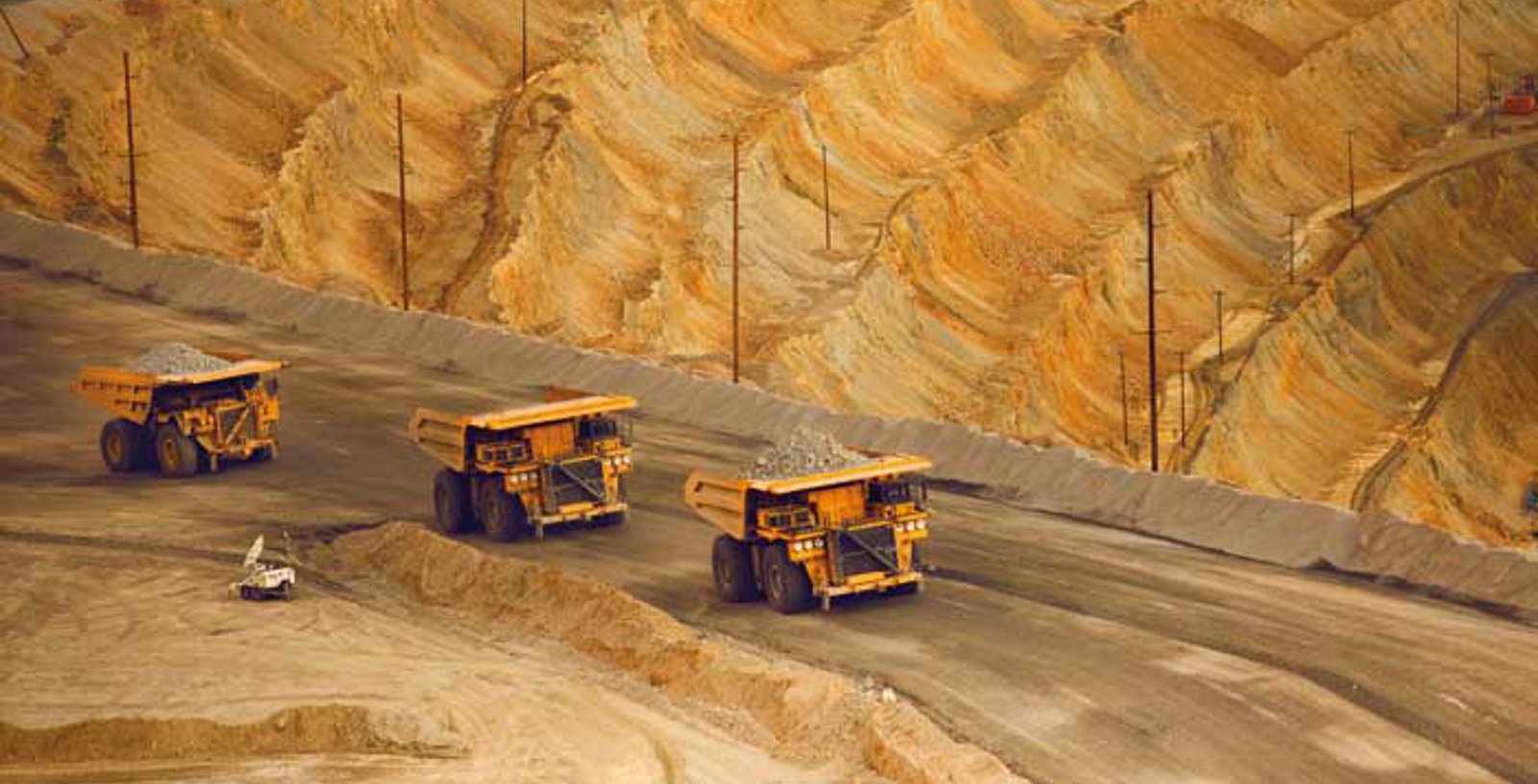China’s coal prices see biggest weekly fall in over 5 years

Chinese thermal coal prices saw their biggest weekly fall in more than five years on Friday as the powerful state planner said there was more room to adjust coal prices after its recent investigations into producers.
“Initial results showed coal production costs are significantly lower than current spot coal prices,” the National Development and Reform Commission (NDRC), which has been heavily involved in efforts to boost coal supply and ease China’s power shortages, said in a statement.
The most-traded thermal coal futures contract on the Zhengzhou Commodity Exchange hit its lower limit of 10% on Friday before closing down 8.6%. It was down 27.6% for the week, the biggest weekly decline since September 2016.
The contract then fell as much as 7.7% in Friday’s night session to 941 yuan ($147) a tonne, its lowest since Sept. 10 and bringing its total decline from the record 1,982 yuan on Oct. 19 up to 52.5%. It is still up around 80% this year.
Physical coal prices have not dropped at the same speed, however. Spot prices at the port of Guangzhou slumped by almost 20% this week but are still twice as high as the futures price at almost 2,000 yuan a tonne.
Traders have said they are scrambling for information on spot coal transactions due to a lack of accurate quotations by index providers in China.
Later on Friday, the NDRC said coal inventories in China had rebounded to more than 100 million tonnes, up by 25 million tonnes from end-September as average daily supply has recently exceeded consumption by 2 million tonnes.
Some 12.5 million tonnes of those inventories are held by power plants in China’s northeast, where the winter heating season has already begun, said the NDRC, adding that was up more than 6 million tonnes from late September and equal to year-ago levels.
It expects inventories to rise further, judging by rail and port loadings.
Separately, China’s environment ministry said it would take steps to cut the concentration of tiny hazardous airborne particles known as PM2.5 by an average of 4% on the year in main cities this winter.
The world’s top greenhouse gas emitter’s anti-smog programme is likely to face scrutiny as the power crunch forces the government to secure more coal to generate electricity.
The power squeeze has forced power-hungry industries such as steel, aluminum, cement and chemicals to cut production, while a new electricity tariff is expected to bring higher costs and put pressure on profit margins.
($1 = 6.3912 Chinese yuan renminbi)
(By Min Zhang, Shivani Singh, Tom Daly and Gabriel Crossley; Editing by Ramakrishnan M. and David Holmes)
{{ commodity.name }}
{{ post.title }}
{{ post.date }}

Comments